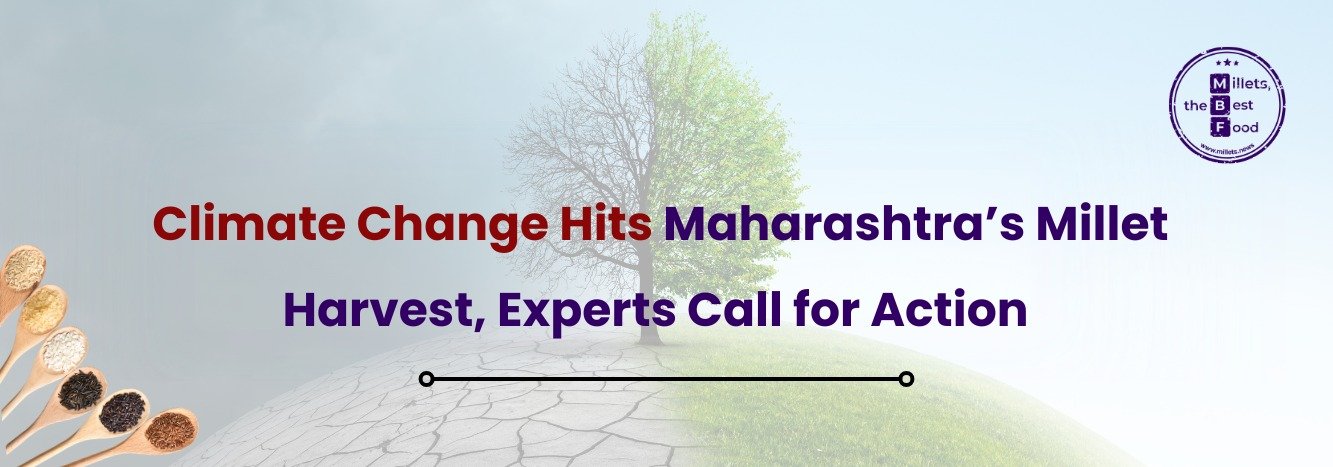
Satara, Maharashtra – Millet farmers in Maan taluka, Satara, are grappling with unpredictable weather patterns that have significantly impacted crop yields. During a visit in early 2024, independent food researcher and writer Shivani Unakar found that insufficient rainfall had delayed the germination of the jowar (sorghum) crop, sparking concerns among local farmers.
“The farmers were worried, but towards the end of my trip, a heavy spell of rain lasted for two to three days. While it ultimately saved the crop, they later told me they could harvest only 60% of their usual yield,” Unakar said.
As a researcher and coordinator for Great State Aleworks’ Millet Beer Project in Pune, Unakar has been closely observing the challenges faced by millet farmers. Beyond climate variability, she notes that farmers struggle with labor shortages and a lack of dedicated markets, issues that are often absent from mainstream discussions.
“We frequently hear that millets are great for nutrition, soil health, and water conservation, but I’m not sure the average consumer understands the complex realities farmers face,” she said.
Millets are increasingly recognized for their low carbon footprint compared to rice and wheat. Their drought tolerance, ability to thrive in poor soils, and disease resistance make them a promising option for sustainable agriculture. However, Unakar stresses that understanding and addressing on-the-ground challenges—particularly those posed by climate change—is essential to ensuring the long-term viability of millet farming in India.
With climate unpredictability becoming the new normal, experts say that policy interventions and market reforms will be crucial in supporting farmers and securing the future of this climate-resilient grain.
© 2023 - 2025 Millets News. All rights reserved.